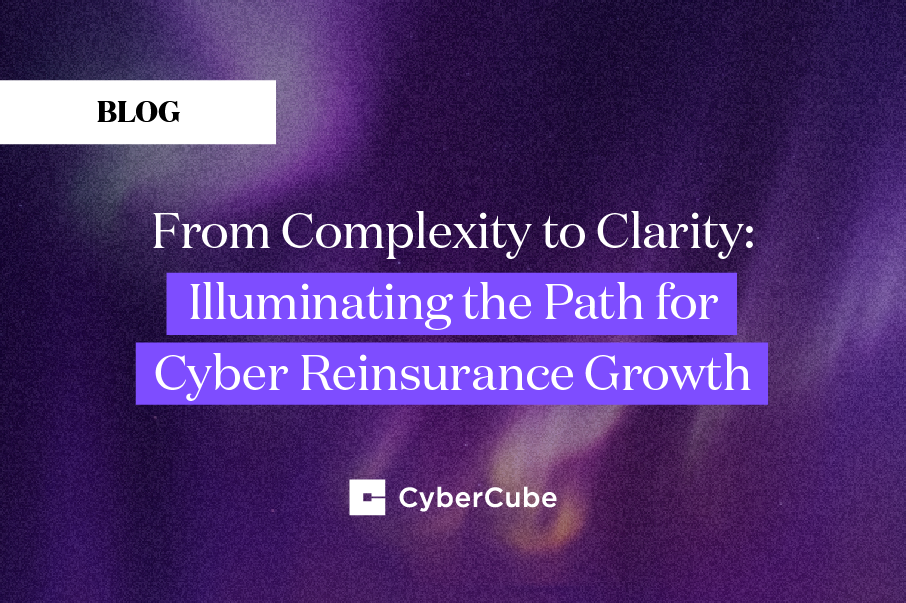Change, said the novelist Charles Dickens, begets change. It would follow that the bigger the change, the greater the reverberations that follow.
Over the last several months, many of the social and economic divisions in our society have been brought into sharp relief. Social norms have been questioned. The relationship between work and home life has evolved. Many of these changes are probably not temporary. The workplace is not going to be the same again.
Many of these technology changes can be traced to trends that pre-dated the pandemic. These changes include moving to more distributed workforces, the use of videoconferencing, the consolidation of the economy into critical technology single points of failure, the augmentation of human work through artificial intelligence and the increased use of cloud technologies. All of these are trends that have existed over the past decade. As we enter this new decade, in the space of months, COVID-19 has accelerated technology trends by years.
For the team at CyberCube, it’s about grasping these new realities and asking some pretty fundamental questions: How do we work? What is the role of “an office”? How do we interact with our clients in such a global industry when meetings held in person are challenging? How do we engage with cloud-based technologies?
In the years that follow this pandemic, society will rewrite its rules; people will redraw the way they view society, the economy and the role of internet technology. Covid-19 has shown just how quickly and profoundly the world can change. We’ve experienced tragedy on a previously unthinkable level, but we’re also seen goodness, kindness – and we’ve glimpsed new possibilities.
Technology will be a key enabler of these new possibilities – and that’s where we come in for the insurance industry. Our role is to understand cyber risk at its most fundamental level through data, analytics and multi-disciplinary expertise. Internet-enabled technologies have incredible promise but sometimes things go wrong and we are here to provide data-driven insight on what could happen, with what frequency and at what cost. It’s a mission that will grow in importance as the world settles into its new shape and people ask the most important question: what next?
In a joint report with Aon, “Pandemic Under the Microscope: A Focus on the Cyber Risk Impacts of Working from Home” we stimulated discussion as to what the future holds. The research outlined some of the security implications of changes in working practices and the new exposures they present to risk managers and the insurance sector. It also touched on the work in progress in the cyber risk modeling community to address these “new normal” risk conditions in their analyses.
In addition to the technological and cyber risk changes from the pandemic, it has also been a cautionary tale in silent exposure and the need for a tightening of insurance policy language. In the same way that specialty pandemic insurance policies aren’t the source of cyber aggregation losses from this virus, when a computer virus creates a global insurance aggregation event it will not just be affirmative cyber insurance policies that are impacted.
The (re)insurance markets need to be mindful of these changes and the businesses and individuals that they serve must adjust to risk management approaches in-line with the new norms that emerge. Change begets change and in this case, these changes could accelerate and unlock tremendous new opportunities for the cyber insurance industry.




